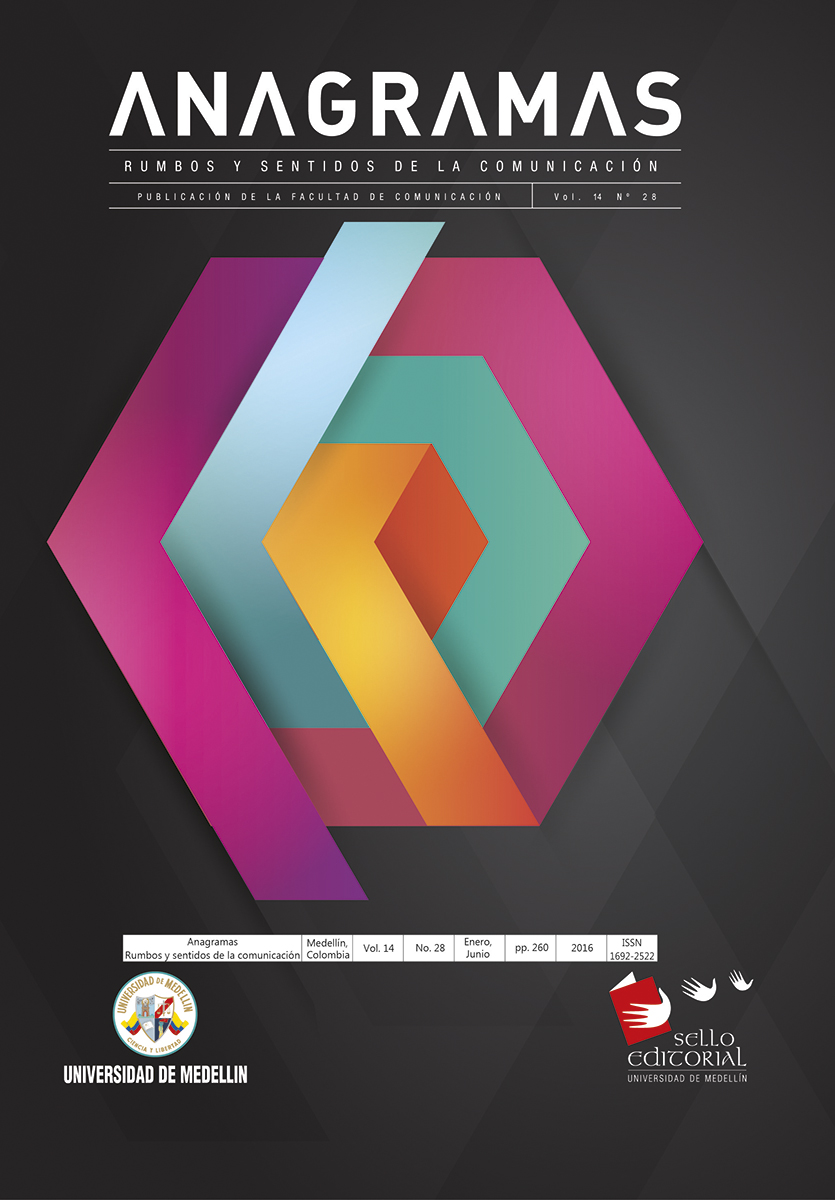Form and Norm: Narration on Power in the City Through the Symbol
Main Article Content
Abstract
This article has been written from the epistemological need for making a reflection on the city and distinguishing the way power symbols are expressed and deployed in the city. The focus of this article is made on aesthetics and metaphysics of the city rather than on its urbanism. For this purpose, different aesthetic and semiotic factors have been related in an attempt to present a hypothesis on the symbolic form of the city, which is associated to the economic and political instruments that exercise power on the city. This research about the aesthetics of the metaphysical city allowed identifying the origin of the idea of city as both form and symbol, which becomes a social instrument that promotes perpetuation of power and has influence on the construction of social narration. This research further allowed approaching the dis-divinization phenomenon of the symbols that comprise the city and the function of such dis-divinized symbols within the structuring of a defined common narration, not for political or religious factors but for consumption, fragmentation, and preponderance of oblivion. Finally, the article proposes education as a pillar on which aesthetic and ethical factors lie, allowing having sense at the time of interacting with the city symbols.
Downloads
Article Details
Total or partial reproduction of the contents of the journal are authorized for educational, investigative or academic purposes as long as the source is cited. In order to make reproductions for other purposes, it is necessary to have the express authorization of the imprint or Sello Editorial of the Universidad de MedellÃn.

